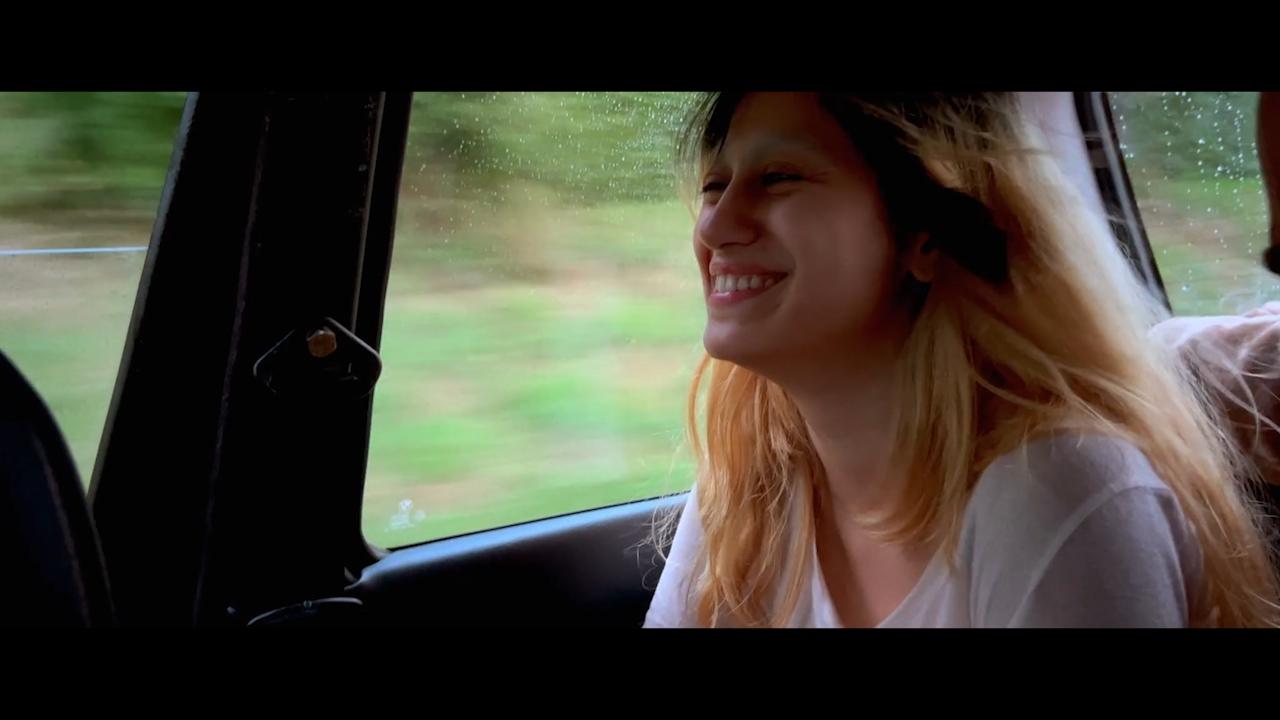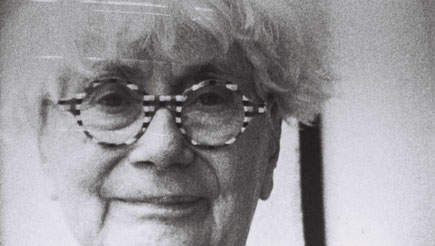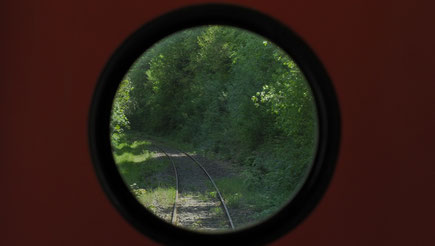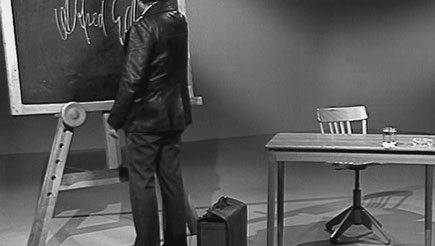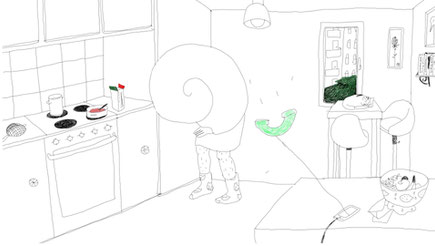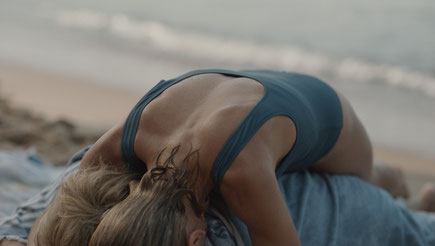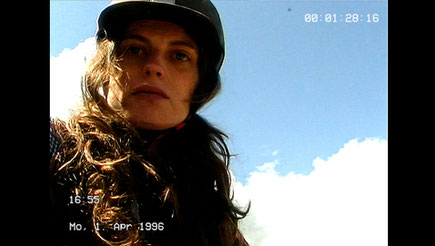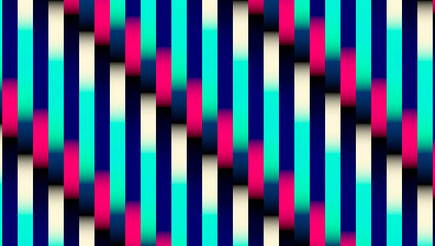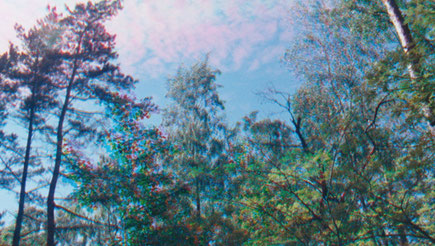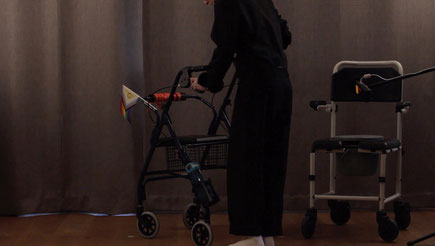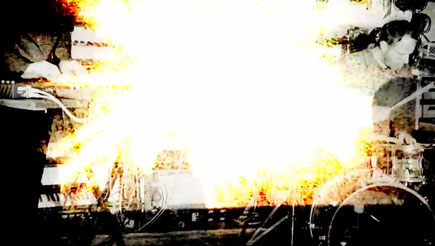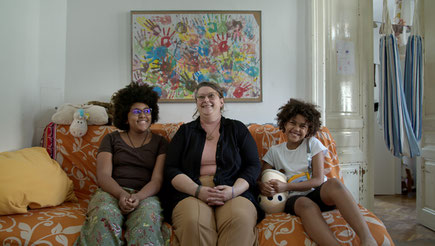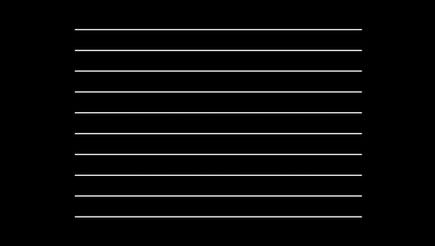The Austrian Documentary Award 2025 of this year's Ethnocineca, Vienna's international documentary film festival, went this year to Markus Zizenbacher for his energetic portrait The Life of Sean DeLear. Congratulations !
News
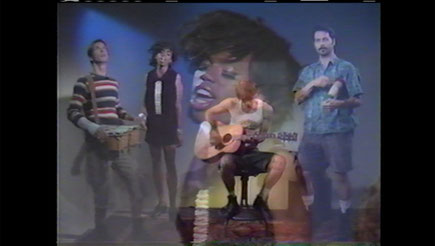
THE LIFE OF SEAN DELEAR awarded at Ethnocineca
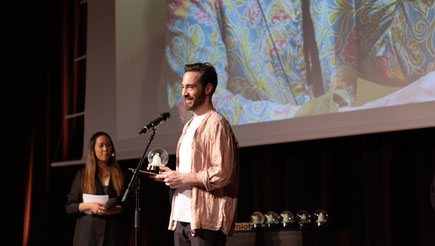
CROSSING EUROPE Award – Local Artist 2025 for "A Life in Color"
We are extremely happy to share the news that Axel Stasny's documentary feature A Life in Color has received the Local Artist Award at this year's Crossing Europe Film Festival Linz.
The Jury Statement reads as follows: "This film impressed us with its affectionate and precise approach to its protagonist. Using great documentary caution and delicately playing with closeness, distance, and the unsaid, it approaches Eleanor, who shares her compulsion to live and love with disarming openness. ,Perfection escapes me,' she sighs – and yet, she always remains connected to an idea of what perfection could mean to her. It is an aside where Eleanor boils down the power of this film: ,You want to show how it really is. Fantastic! I, too, want to be how I really am.' The compassionately used soundtrack harmoniously underscores Eleanor’s personality and is still echoing within us even days later."
Our heartfelt congrats to Axel – and to all award-winning filmmakers of this year's festival!
Photo © Ines Mayer / subtext.at
Film of the month
Elke Groen

